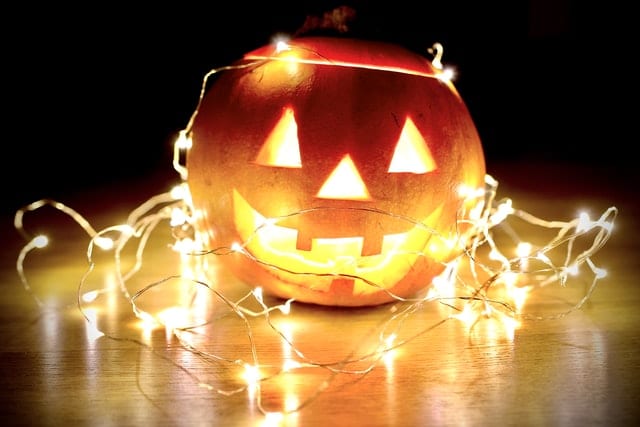Halloween is celebrated on the 31st of October, and brings life to the season with many people decorating their houses as well as planning parties and events. Nowadays Halloween celebrations are most often associated with horror films and trick-or-treating and are largely non-religious, but the origins lie in the pagan festivals of Samhain and later, after the Christian adaption of the event, in the celebration of the dead called All Hallows’ Eve. Most of the Halloween traditions we follow today come from the pagan Celtic traditions that were adapted to suit the new modern world after becoming popular in America.
Halloween is celebrated in many other cultures around the world, such as in Mexico where the day of the dead is a hugely popular event. With houses decorated with jack o’ lanterns and spiders’ webs, this holiday is a festive favourite, with many worldwide creating costumes and joining in the fun.
Samhain
Halloween has its roots in the Celtic celebration of Samhain which originated roughly 2000 years ago. When the festival first began it was believed that the veil between the living world and the land of the dead was thinnest at the end of October, so spirits may slip through. Many Druidic priests would perform ceremonies in order to predict the future in order to give those celebrating hope throughout the winter. The Celts were polytheistic, with many gods that would perform separate functions, and many held a deep belief in the spirits of their ancestors as well as prophecy. With the epoch of Christianity, Samhain transformed in to All Hallows’ Eve and the Christian faith remodelled the holiday by introducing costumes of saints, angels and devils rather than monsters. The festival was intended to honour the dead, but many of the traditional pagan rituals and activities were merely rebranded rather than banned outright. Many of these traditions that continue today have their roots in this ancient celebration. Here are some pagan traditions that continue today and the history behind them:- Trick or Treat
- Costumes
- Carving Pumpkins
- Apple Bobbing

